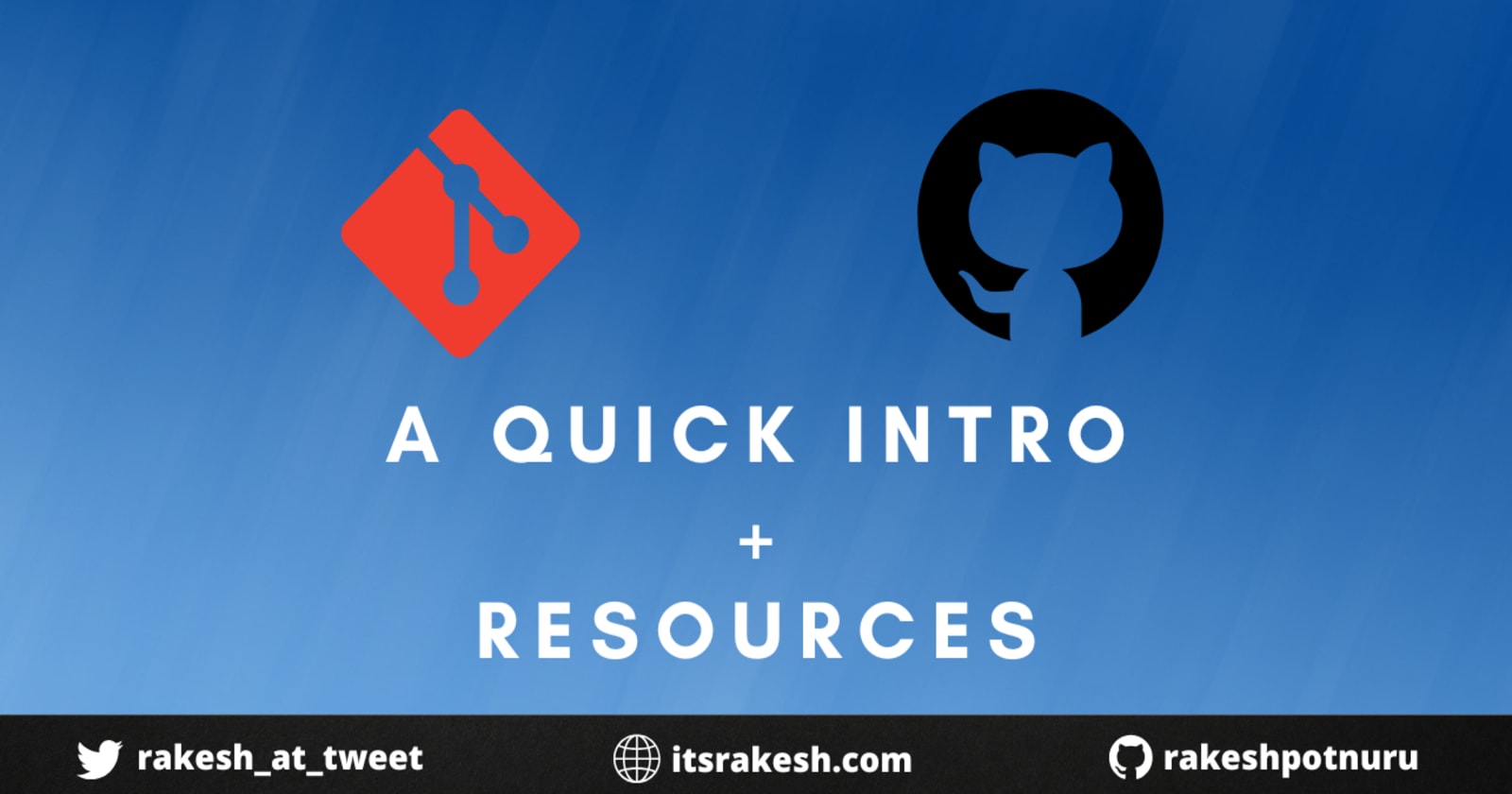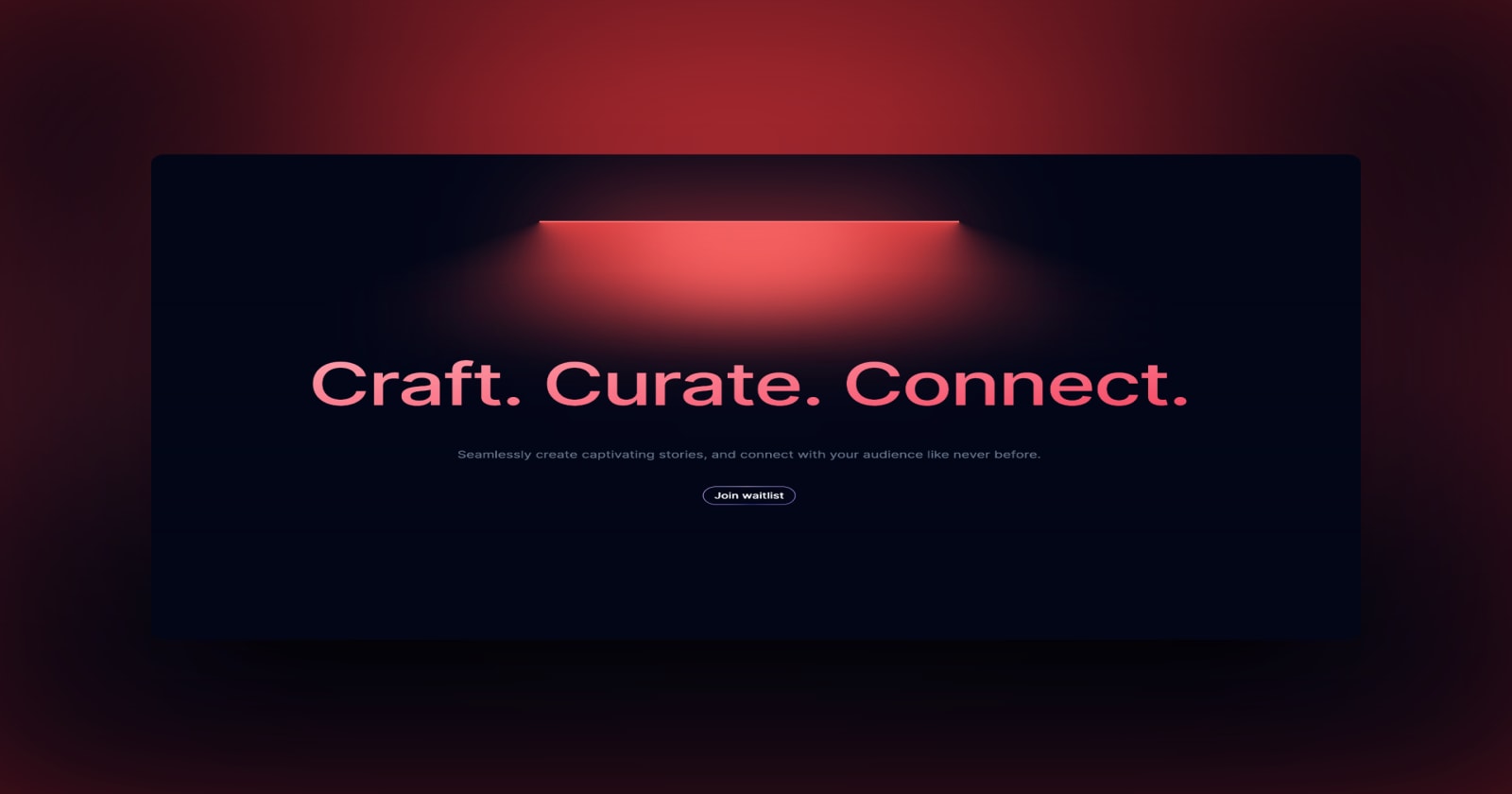
Git and GitHub - Ultimate productivity tools for developers
As the title says these tools help you throughout your project development life cycle. Almost every developer on the planet at least heard about these. And if you don't know these yet 😐, you are in trouble. So, in this blog, I will introduce you to Git and will share some amazing resources to master git and GitHub.
Let's dive in

Let's Git before GitHub
What is Git?
Git is a free and open-source distributed version control system designed to handle everything from small to very large projects with speed and efficiency.
So it is a tool to control and manage your code like tracking changes, keeping the history of all changes, switching versions, and lots of things.
Some important concepts you should learn:
- Making and committing changes
- Staging
- Stashing
- Branching
- Squashing
What is GitHub?
So git is a tool to manage your project. Now imagine, if you want to add invite others to collaborate on your project and build together. What will you do? Share your computer? No, you have to share your code through some medium and others will make some changes and then they share updated code with you and then you make some changes, and so on... What if there is someplace to host your code and everyone works together? Here comes GitHub into action. GitHub is a place for collaboration.
- If you prefer a video tutorial:
%[https://youtu.be/apGV9Kg7ics]
- Learn interactively:
https://docs.microsoft.com/en-us/learn/modules/intro-to-git
- Learn with diagrams and conceptually:
https://dev.to/unseenwizzard/learn-git-concepts-not-commands-4gjc
- Git branching is one of the main features of Git. Learn it interactively:
https://learngitbranching.js.org
- Learn how to deploy your project with GitHub pages:
https://dev.to/itsrakesh/how-to-put-website-online-under-10-minutes-3m2g
- Learn GitHub actions:
- Make an awesome GitHub profile: (Mine - here :))
GitHub profiles are now Resumes, portfolios, and everything.
https://github.com/abhisheknaiidu/awesome-github-profile-readme
- Try GitHub copilot:
Are you a student?
- Get GitHub Student Developer Pack:
https://education.github.com/pack
- Build your community with the help of GitHub training and resources:
https://education.github.com/experts
- Apply for GitHub externship:
⚒️ Tool of the week ⚒️
Haikei - Generate SVG designs

LEAVE A COMMENT OR START A DISCUSSION
MORE ARTICLES

3 min read
Introducing Publish Studio: Power Digital Content Creation
Say “Hi” to Publish Studio, a platform I’ve building for the past few months. If you are a content writer, then you should definitely check it out. And if you are someone who has an audience on multiple blogging platforms and need an easy way to manage your content across platforms, then you should 100% give it a try.

10 min read
Let's Build a Full-Stack App with tRPC and Next.js 14
Are you a typescript nerd looking to up your full-stack game? Then this guide is for you. The traditional way to share types of your API endpoints is to generate schemas and share them with the front end or other servers. However, this can be a time-consuming and inefficient process. What if I tell you there's a better way to do this? What if I tell you, you can just write the endpoints and your frontend automatically gets the types?